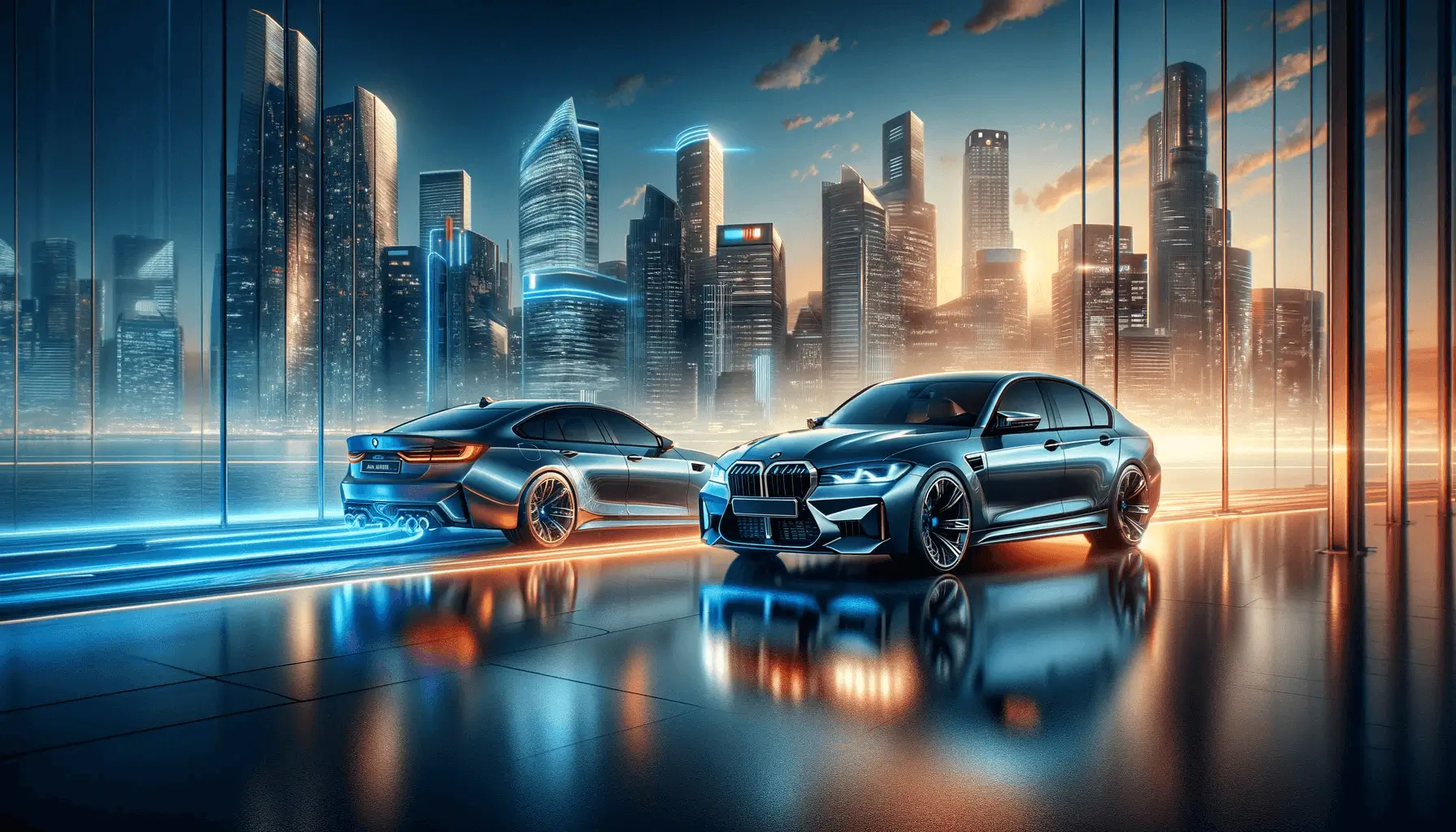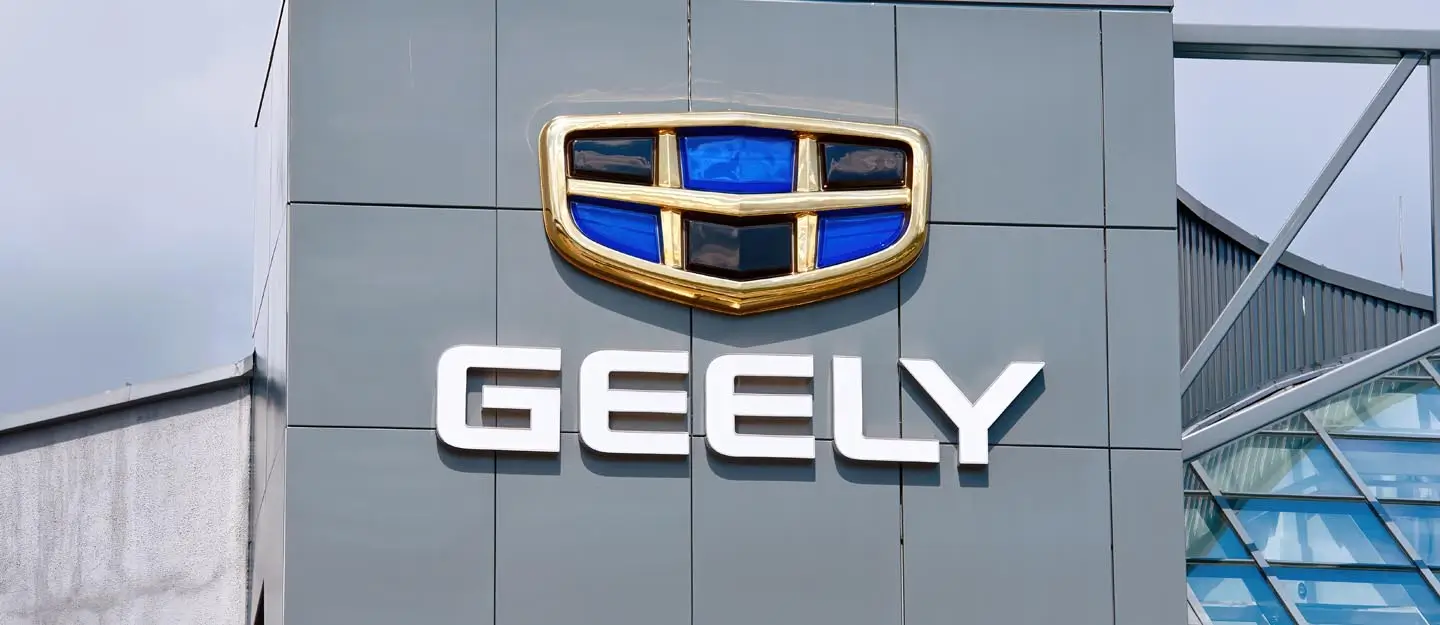In an era where the rumble of an engine gives way to the whisper of electric motors, BMW stands at the forefront of a significant crossroads. The BMW M3, a name synonymous with performance, agility, and the visceral thrill of driving, is rumored to embrace both its rich heritage and the electric future. Let’s delve into this evolving saga, exploring what this means for enthusiasts and the auto industry alike.

What the BMW M3’s Dual Models Mean for Drivers (PDF)
The Dawn of a New Era
For years, whispers within the automotive community suggested the next-generation BMW M3 would turn a new leaf by going all-electric. BMW remained tight-lipped, fueling speculation and anticipation. Yet, in a twist fit for the most gripping automotive tales, recent insights suggest a harmonious blend of old and new. According to BMW Blog, citing sources shrouded in secrecy, BMW plans to offer two heartbeats under the M3’s iconic badge: the classic twin-turbocharged straight-six and a bold electric powerhouse.
The Best of Both Worlds
Imagine, if you will, a world where tradition and innovation drive side by side. BMW’s alleged plan to introduce two variants of the M3 – the G84 with its soul-stirring straight-six engine and the ZA0, an electric marvel – is a testament to this vision. The G84, rooted in the legacy of the upcoming G50-generation 3 Series, is expected to grace us by 2027 or 2028. It promises an evolved rendition of the beloved 3.0-liter engine that has defined the M3’s exhilarating performance.
Parallel to this, the electric ZA0 variant, stepping into the spotlight post-2027, embodies BMW’s commitment to sustainable mobility. While details about its horsepower or driving range remain veiled in mystery, the anticipation builds. A key question lingers – will these siblings share a familial resemblance, or will BMW chart a distinct course for each? Current trends hint at a unified design philosophy, but as with all things automotive, the final reveal is eagerly awaited.
A Tale of Two M3s
Bullet-point enthusiasts, here’s a succinct breakdown:
- G84 (Gasoline-Powered M3):
- Twin-turbocharged straight-six engine
- Evolution of the current 3.0-liter engine
- Debuting in 2027/2028
- Based on the G50-generation 3 Series
- ZA0 (Electric M3):
- Electric drivetrain
- Debut after 2027
- Specifics on drivetrain configuration, range, and horsepower TBD
The M4: A Parallel Story
While M3 aficionados have reasons to rejoice, the future of the piston-powered M4 – the M3’s coupe and convertible counterpart – remains uncertain. Rumors suggest there might not be a gasoline-powered successor, a development that could disappoint some fans. Yet, in the ever-evolving world of automotive design and technology, nothing is set in stone until the first car rolls off the production line.
What Lies Ahead
As we stand on the precipice of this new dawn, it’s clear that BMW is not just preserving its legacy but also embracing the future. The proposed updates to the current M3, aligning with those made to the M4, indicate a brand in transition, yet steadfast in its commitment to driving excellence.
In Conclusion
The BMW M3’s journey from rumbling engines to the silent surge of electric power encapsulates more than just the evolution of a car; it reflects a broader shift in automotive culture. As enthusiasts, we find ourselves at the crossroads of history and innovation, eagerly anticipating the next chapter in this storied saga. Whether you’re drawn to the nostalgic roar of the straight-six or the futuristic hum of electric motors, one thing is clear: the spirit of the M3, in whatever form it takes, will continue to captivate and inspire. BMW, with its blend of tradition and forward-thinking, ensures the M3 remains not just a car, but a legacy in motion.




